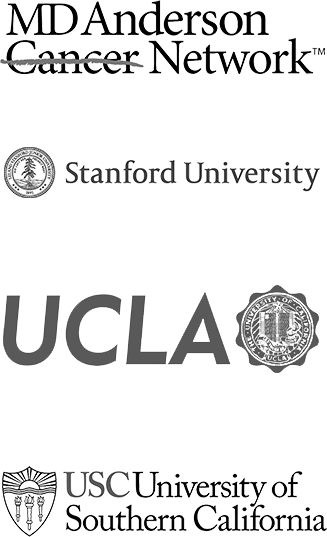- Gene – Cells contain genes, which are pieces of DNA that contain information for making proteins. Genes contain information on hereditary characteristics such as hair color, eye color, and height. as well as whether one is at higher risk for developing certain diseases.
- Grade – Grade is the measurement of a cancer, reflecting how abnormal the cells look under a microscope. There are several grading systems for cancer, but all divide cancers into those with:
- Esophagus: esophagoscopy
- abnormality (grade 1 or well differentiated)
- Intermediate features (grade 2 or moderately differentiated)
- Reatest abnormality (grade 3 or poorly differentiated)
A specialist called a pathologist performs the grading by examining the biopsy specimen. Knowing the grade is important because higher-grade cancers tend to grow and spread more quickly and have a worse prognosis. A cancer’s nuclear grade is based on features of the central part of its cells. the nucleus. The histologic grade is based on features of individual cells as well as how the cells are arranged together.
- Growth factors – A substance that is normally produced in the body that is involved in cell division, maturation, or survival. Growth factors may also be produced in a laboratory to mimic the growth factors naturally produced by the body. These synthetic growth factors may be used as biologic therapy to stimulate the immune system to fight cancer or lessen side effects of treatment.



